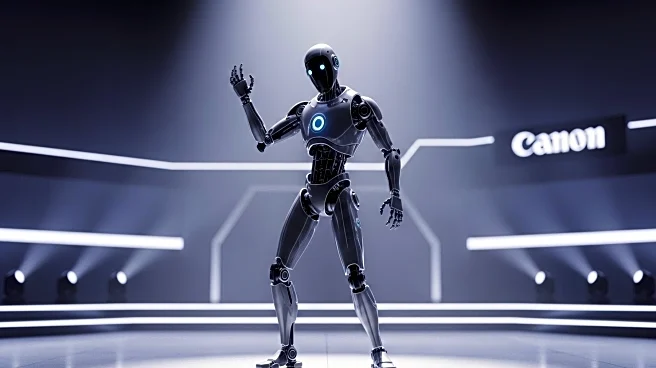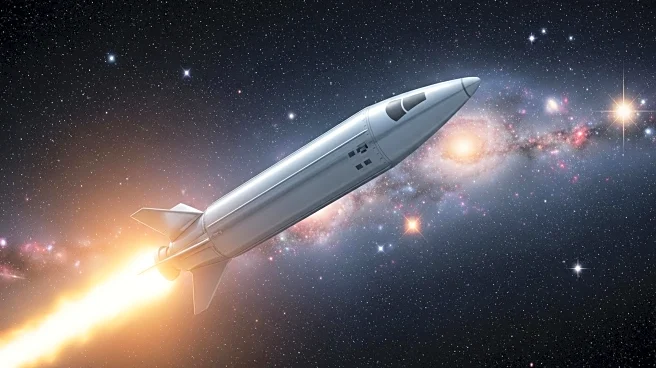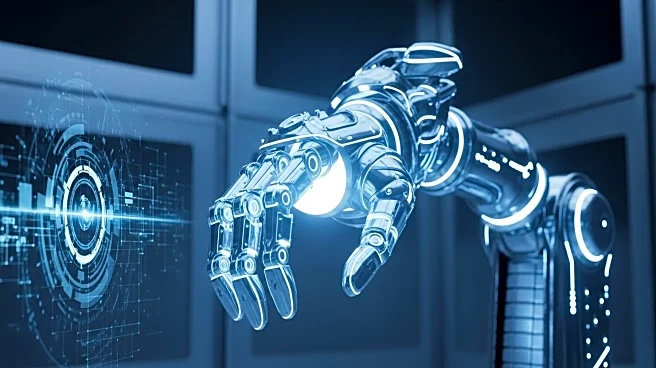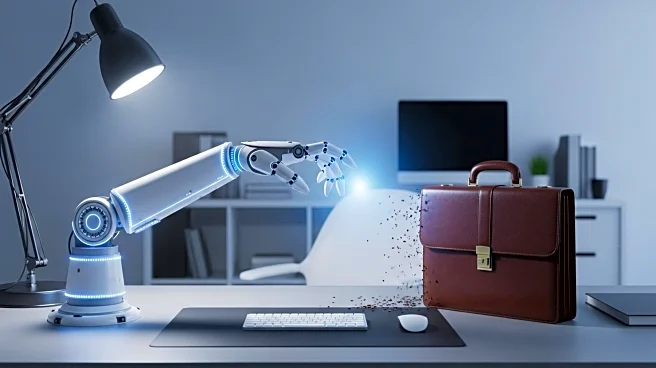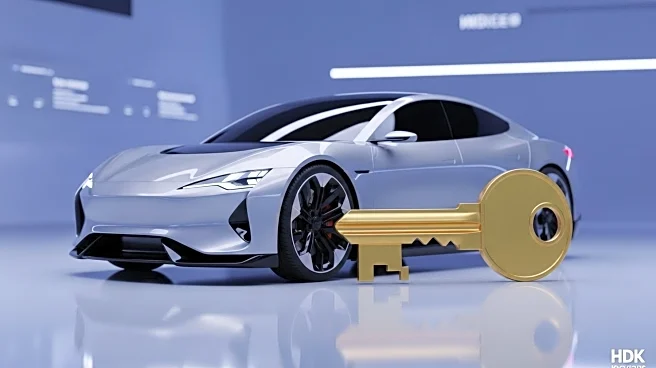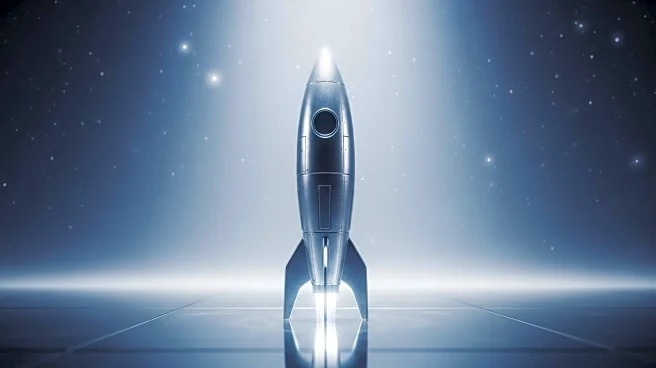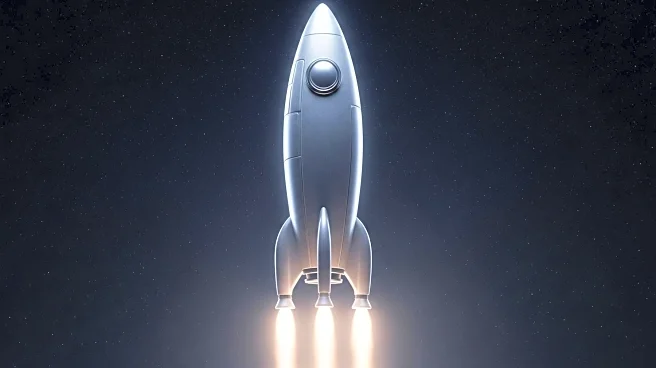What's Happening?
Tesla's humanoid robot, Optimus, was showcased in a recent demonstration, revealing significant limitations in its functionality. The robot, which Elon Musk claims will be a major part of Tesla's future, struggled to perform basic tasks such as retrieving a drink. Despite these challenges, Musk has projected that Optimus will eventually constitute 80% of Tesla's value and anticipates selling 10 billion units by 2040. The demonstration, shared by Marc Benioff, CEO of Salesforce, highlighted the robot's inability to provide real-time information or perform simple actions, raising skepticism about its potential as a productivity game-changer.
Why It's Important?
The demonstration of Optimus raises critical questions about the feasibility of Musk's ambitious plans for Tesla's future. If the robot cannot perform basic tasks, its role as a transformative tool in productivity and labor replacement is questionable. This could impact Tesla's strategic direction and investor confidence, as the company has heavily invested in the development of humanoid robots. The skepticism surrounding Optimus's capabilities may influence public perception and market dynamics, potentially affecting Tesla's stock value and its position in the competitive robotics industry.
What's Next?
Tesla may need to address the technical limitations of Optimus to align with Musk's vision of widespread adoption. Enhancements in the robot's functionality and reliability are crucial for gaining consumer trust and achieving the projected sales figures. The company might also face pressure to demonstrate tangible progress in Optimus's capabilities to maintain investor confidence and justify its strategic focus on robotics. Future demonstrations and updates will be pivotal in shaping the narrative around Optimus and its role in Tesla's growth strategy.
